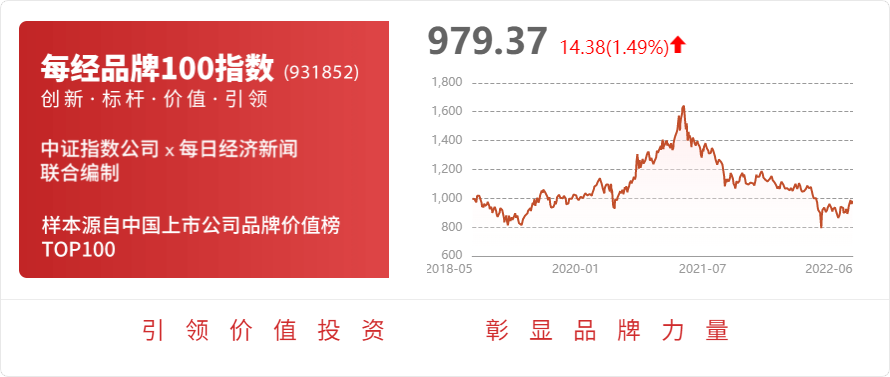The longer the interest, the less interest, and the lower 5 years than 3 years -why does the deposit interest rate fall upside down?
Author:Dong Ximiao Time:2022.07.07

Recently, the phenomenon of inverted interest rates in some banks in my country has caused heated discussions. The so -called inversion of deposit interest rates mainly refers to the flat or lower deposit rate of deposit interest rates with a longer term and a shorter term. Judging from the current market conditions, it mainly refers to the 5 -year deposit interest rate below the 3 -year deposit interest rate, or the 3 -year deposit interest rate is the same. The reason for the inverted deposit interest rate is multi -faceted. From the short term, the deposit interest rate is expected to maintain stability, and there is still a downlink of the deposit interest rate in the long run.
The deposit interest rate is the "price" of deposits. It is generally believed that the longer the deposit period, the higher the deposit interest rate. However, recently, in some banks such as some large banks and joint -stock banks, the 5 -year deposit interest rate is indeed lower than the 3 -year deposit interest rate. For example, a 3 -year deposit interest rate is 3.15%, while the 5 -year deposit interest rate is only 2.75%. There are also some banks' 5 -year deposit interest rates consistent with 3 -year, all of which are 2.75%. In addition to ordinary regular deposits, large deposits also have 5 -year and 3 -year interest rates on a flat or upside -down phenomenon. However, the phenomenon of inverted deposit interest rates did not appear recently, and it has occurred before. In addition to deposits, bank wealth management products have also had a backlog of yield. However, the inverted deposit interest rate does not appear in all banks, and the 5 -year deposit interest rate of some small and medium -sized banks is still higher than the 3 -year deposit interest rate. Different branches of the same bank may also be different in deposit interest rates.
Recently, the phenomenon of inverted deposit interest rates has both the cause of the bank itself and the effects and effects of many external factors.

From the perspective of internal causes, this is the active behavior of banks to strengthen asset -liability management and optimize interest rate risk management. In September 2013, the People's Bank of China promoted the establishment of a market interest rate pricing and self -discipline mechanism, stipulating that the deposit and floating range of the deposit of the deposit in the form of industry self -discipline, and restricting the deposit interest rate floating. In October 2015, the central bank no longer set up the upper limit of deposit interest rates, and the interest rate control was canceled in form. Financial institutions could negotiate with the deposit to determine the actual interest rate of deposits. The reference benchmark was the benchmark interest rate. But in fact, since November 2014, the central bank will no longer announce the benchmark interest rate of RMB 5 -year deposit. Therefore, bank pricing for 5 -year deposits is more market -oriented, and more considers its own liabilities and liabilities.
In essence, the recent phenomenon of inverted deposit interest rates reflects the bank's research and judgment of interest rate trend, that is, the decline in the interest rate of deposit interest rates from the medium and long term, and banks actively reduce the absorption of medium- and long -term deposits with higher current interest rates. In addition, the proportion of 5 -year deposits in bank deposits is very low, and the actual impact of interest rate inverted on the scale of bank deposits has limited impact.
From the perspective of external causes, it is mainly influenced and functioning by three factors:
First, the market flow is relatively abundant this year. Since this year, in order to better help steady growth and employment, the central bank has adopted a variety of monetary policies and measures, including comprehensive reduction, and increased market liquidity. Essence From January to May this year, the cumulative deposits of residents in my country increased by 7.86 trillion yuan, an increase of 50.6%year -on -year. However, the market's effective financing demand is insufficient, especially for the insufficient demand for medium and long -term loans, which reduces the motivation of banks to absorb medium- and long -term deposits.

Second, the financial management department strengthens guidance. At present, the economic downturn pressure is large, and the overlay epidemic is more distributed. In order to better support the real economy, the financial management department guides banks to reduce deposit interest rates, thereby promoting the comprehensive cost of financing of physical enterprises. In June 2021, the market interest rate pricing self -discipline mechanism was optimized for the upper limit of the self -discipline limit of deposit interest rates; in April this year, the central bank guided interest rate self -discipline mechanism to establish a market -oriented adjustment mechanism for deposit interest rates, and deposits, especially medium- and long -term deposit interest rates, moved down.
Third, the willingness to save residents is continuously enhanced. Since the beginning of this year, the capital market has repeatedly shocked, the net value of stocks, funds and wealth management products has fluctuated, and residents' risk preference has declined, and more people are biased towards deposits. The central bank's questionnaire survey in the second quarter of this year showed that 58.3%of the residents tending to "savings" were 3.6 percentage points from the previous quarter. At the same time, the proportion of residents' deposits in RMB deposits has gradually increased from 2018, and it has reached 45.4%in the first quarter of 2022.
At present, deposits are the main sources of bank liabilities. With the in -depth implementation of the new regulations such as asset management, interbank liabilities continue to drop, and the proportion of deposits will be further increased. With the intensified market competition, the cost of debt in small and medium -sized banks has risen significantly in recent years. In the case of the benchmark interest rate as the benchmark, the deposit reduction rate reduction rate of deposit can directly reduce the cost of banks, especially small and medium -sized banks, in debt costs. Therefore, since the occurrence of new crown pneumonia, the call to reduce the benchmark interest rate of deposit has been high. The inverted deposit interest rate reflects the willingness of banks to reduce liabilities from one side. This helps to maintain stability spread, and then increase banks to increase their willingness and ability to put in credit.

At the same time, we should actively and stabilize the interest rate of deposits and deepen the marketization of deposit interest rates. As the loan interest rate is basically completed, the deposit interest rate and track work should be put on the agenda. It is recommended to continue to take measures to compress the spread between the interest rate of the currency market and the benchmark interest rate of deposits, and create conditions for the work of deposit interest rates.
- END -
Huayou Cobalt: In the past five years, there is no punishment for being punished by the securities regulatory authorities and exchanges

Every time AI News, Huayou Cobalt (SH 603799, closing price: 91.49 yuan) issued an...
How many bank card do you have?Come "One -click check card"!

China UnionPay recently announced that under the guidance of the People's Bank of ...